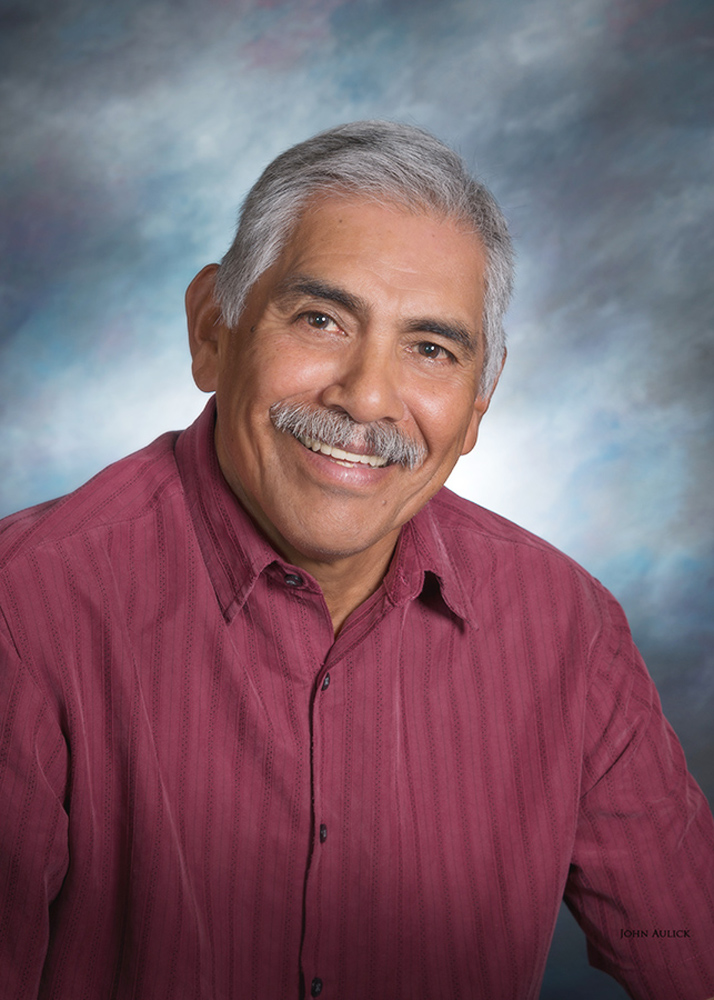A'AGA something to be told or talked about
July 6, 2018
By Billy Allen
Hopefully, July will live up to its O’odham name, Jukiabig Masad or Rainy Month. Still, rain or no rain, the fireworks show must go on. Celebrate! “We hold these truths to be self-evident, that all men are created equal, that they are endowed by their Creator with certain unalienable Rights, that among these are Life, Liberty and the pursuit of Happiness...” The colonists’ Declaration of Independence statement of July 4, 1776 was one of defiance. In order for this young country to be taken seriously, a strong military was necessary. At the time, some Native Americans willingly took up arms to help this young nation. Some sided with the British. All in all, the American victory was a loss for Native Americans because it paved the way for further losses of tribal homelands, loss of lives, loss of liberty. Liberty – ironic that Crispus Attucks, the first person killed in the American Revolution, was Black and Native. What about the Gila River Indian Community, did we help the military or “shondal”? Ha’o -- yes! When the Constitution was created, Indians were not regarded as “We the people.” Native Americans were not regarded as citizens. As such, when WWI broke out and a military draft was begun, Native Americans could not be drafted. Still, like during the American Revolution, many Native Americans signed up. To recognize and honor that call to duty, in 1924 Congress passed the American Indian Citizenship Act, granting citizenship to the nation’s tribal members. Back to the “Declaration” and the Constitution: a hallmark of citizenship is having the right to vote, but many states, including Arizona, refused to allow Native Americans to vote in state elections. (In 1928 Peter Porter and Rudolph Johnson, both Akimel O’otham from Gila River, filed suit to gain the right to vote in state elections, but were denied by the Arizona Supreme Court.) Not until 1948 did the Arizona Supreme Court reverse itself, allowing Arizona Natives full citizenship. Native America has honored the role of the warrior both past and present. History celebrates the exploits of eastern woodland warriors, the heroic “horse” tribes of the plains, and the elusiveness of the Apaches. Given our location, we occupy the land of the Hohokam, was there a military aspect to our culture? Ha’o! George Webb has a story of how Akimel O’otham and Piipaash warriors conducted warfare against intruders. When a battle was to take place, both warring factions would allow time to “dress” for battle, and then form two lines facing each other. Warriors then challenged opposing warriors to meet one on one between the lines until one was defeated. Two others would take their place. This would go on until an O’otham war leader yelled “ato’ova’igo”, signaling a mass attack. Some O’otham warriors went forward with a rawhide shield; leaping side to side, crouching down behind the shield to avoid the arrows being shot at him. When he was close enough, he would attack his enemy with a war club. The mesquite club was deadly in close quarters. It would be like swinging a big over-sized club. O’otham and Piipaash warriors did not approach killing in a casual or gleeful manner. When O’otham and Piipaash attacked an enemy camp, they targeted men— it was a dishonor to harm or kill children and women. At times warriors were allowed to bring back orphaned enemy children to our villages. It also worked the other way, Joseph Hoffman of Cibecue, who was born around 1847, told of Apaches attacking an O’odham camp at daybreak. The Apaches returned with several O’odham children which they gave to women who lost relatives. This satisfied a trait of their culture called gegodza, to be paid back or replaced. Today, the sons and daughters of Native America, who once fought each other, now follow the tradition of taking up arms for the red, white and blue. Gila River honors men such as Matthew B. Juan, the first person from Arizona killed in World War I. World War II Alamo Scouts, the precursor of Special Forces, had tribal members David Milda, Theodore T. Largo and Joshua Sunn. Rod Lewis served as an Army Ranger in the 1960s and upon being honorably discharged continued the fight for Native rights within the judicial system. To symbolize that tradition, the Smithsonian's National Museum of the American Indian selected a design for a National Native American Veterans Memorial to be titled "Warriors' Circle of Honor." The design was created by Henry Pratt, a Cheyenne and Arapaho tribal member. Around 1988, a two year old Cheyenne Arapaho moved to Bapchule and was raised within our community. His life was short but full. Billy Farris was killed in December of 2006 when on patrol in Iraq. Another warrior who joined the circle on the other side.

